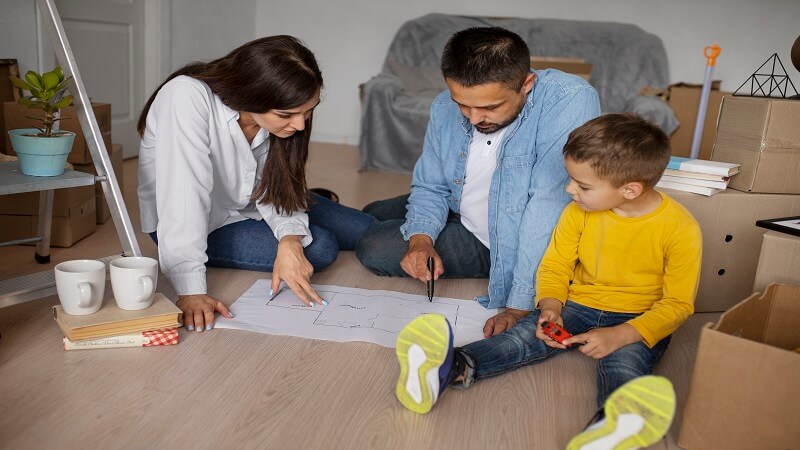Creating a safe environment for your family is crucial, and it begins with home safety training. Every member of the household, regardless of age, should be well-versed in safety protocols to help minimize risks and respond appropriately in emergencies. Here are some practical and easy-to-follow tips for keeping your family safe.
1. Fire Safety Awareness
Fires can spread quickly and pose significant threats. Every family should:
- Install and regularly test smoke alarms. Make sure there’s one on every level.
- Practice fire drills, teaching everyone two exit routes from each room.
- Keep fire extinguishers handy and teach family members how to use them.
2. First Aid Basics
Injuries happen unexpectedly. Learning basic first aid by enrolling in C2C First Aid Courses can make a significant difference.
- Keep a first aid kit stocked with essential items. Check it regularly.
- Teach older children and adults how to dress wounds, treat burns, and perform CPR.
- Share emergency contact information with everyone.
3. Kitchen Safety
The kitchen is a hotspot for accidents. Make sure your family knows how to handle it safely:
- Store knives and sharp tools out of children’s reach.
- Keep pot handles turned inward on the stove to prevent spills.
- Teach older kids to cook safely, including how to handle grease fires.
4. Electrical Safety
Electrical hazards are a common cause of accidents. Protect your family with these tips:
- Cover electrical outlets with childproof covers.
- Replace frayed wires immediately and avoid overloading outlets.
- Teach children about the dangers of mixing water and electricity.
5. Stranger Danger and Internet Safety
While home is a safe place, potential dangers can come from outside or online.
- Teach children not to answer the door when alone and to never give personal information over the phone or online.
- Monitor online activity to ensure safe browsing and avoid predatory behavior.
- Establish ground rules for interacting with strangers, whether in person or online.
6. Securing Hazardous Substances
Household products can pose significant risks if not secured properly.
- Store cleaning supplies, medicines, and chemicals out of reach of children or in locked cabinets.
- Properly label containers and never store chemicals in food containers.
- Educate family members on what constitutes dangerous substances.
7. Natural Disaster Preparedness
Prepare your household to handle the unpredictability of natural disasters.
- Create an emergency plan that includes where to seek shelter and how to communicate if separated.
- Assemble an emergency kit with essentials like food, water, batteries, and medications.
- Regularly review the plan, especially before hurricane or tornado season.
8. Securing the Home
A secure home reduces the chances of intruders or accidents.
- Install sturdy locks on doors and windows.
- Set up a security system and ensure everyone knows how to use it.
- Keep the exterior well-lit to deter burglars.
9. Regular Safety Drills and Reviews
Safety practices should evolve as your family grows and learns.
- Conduct regular drills for various emergencies.
- Review and update safety protocols as necessary.
- Encourage open conversations about safety concerns.
By implementing these home safety training tips, you empower your family to navigate risks confidently and react calmly in emergencies. Safety training should be a regular, family-wide effort, making your home a secure and reassuring place for all.
